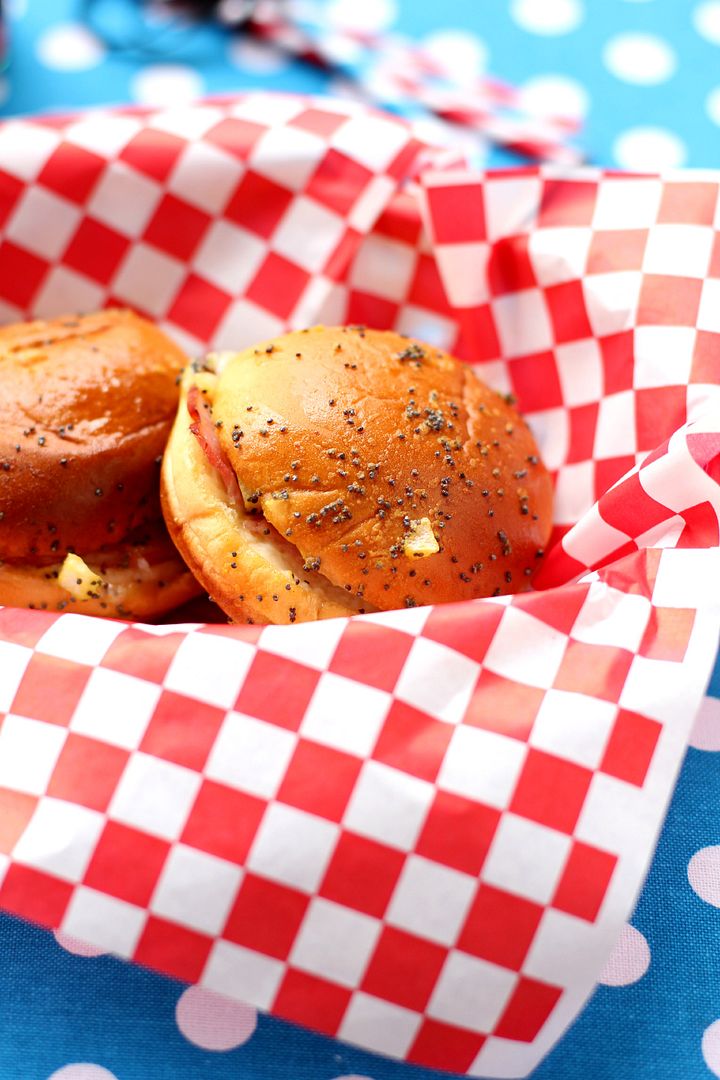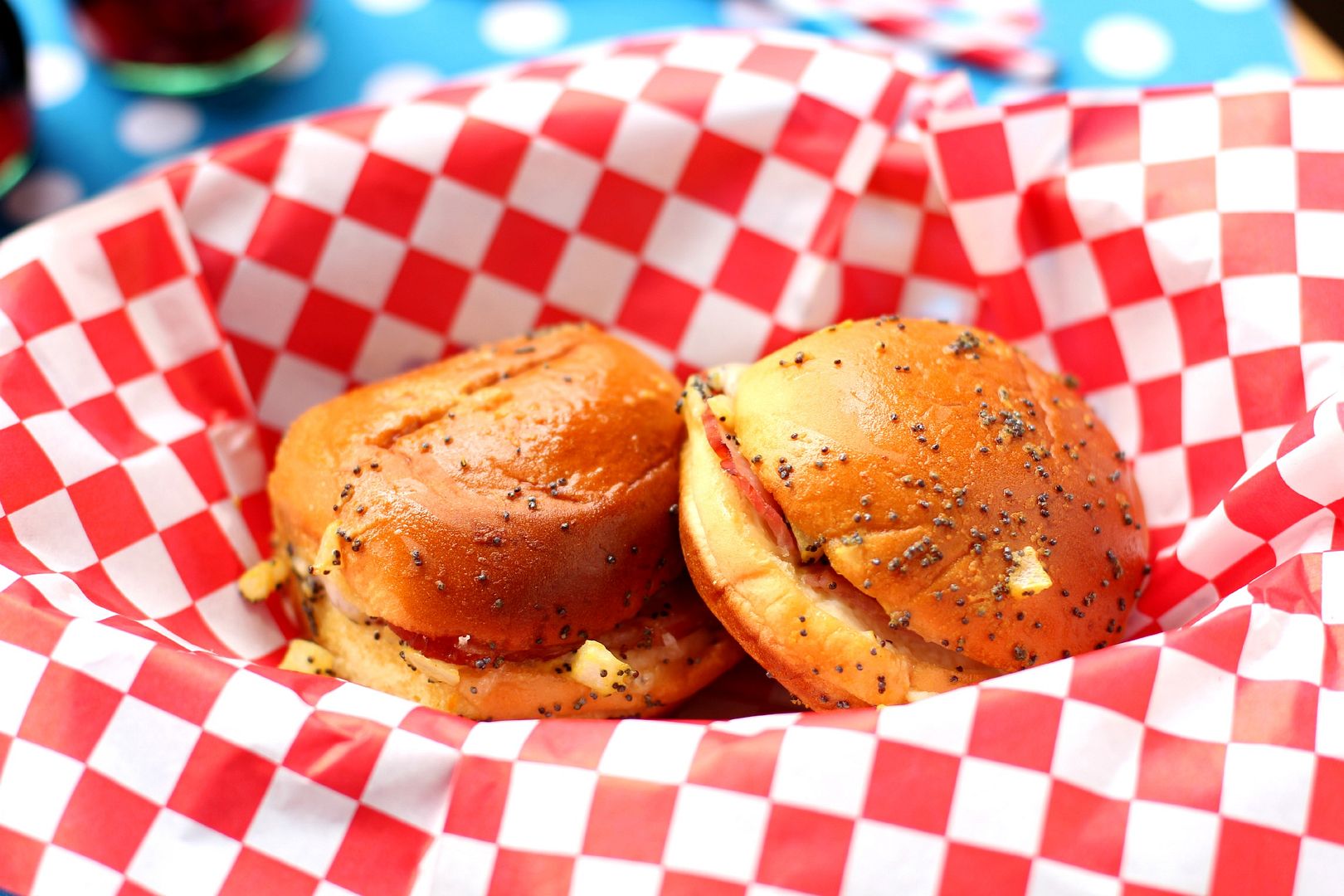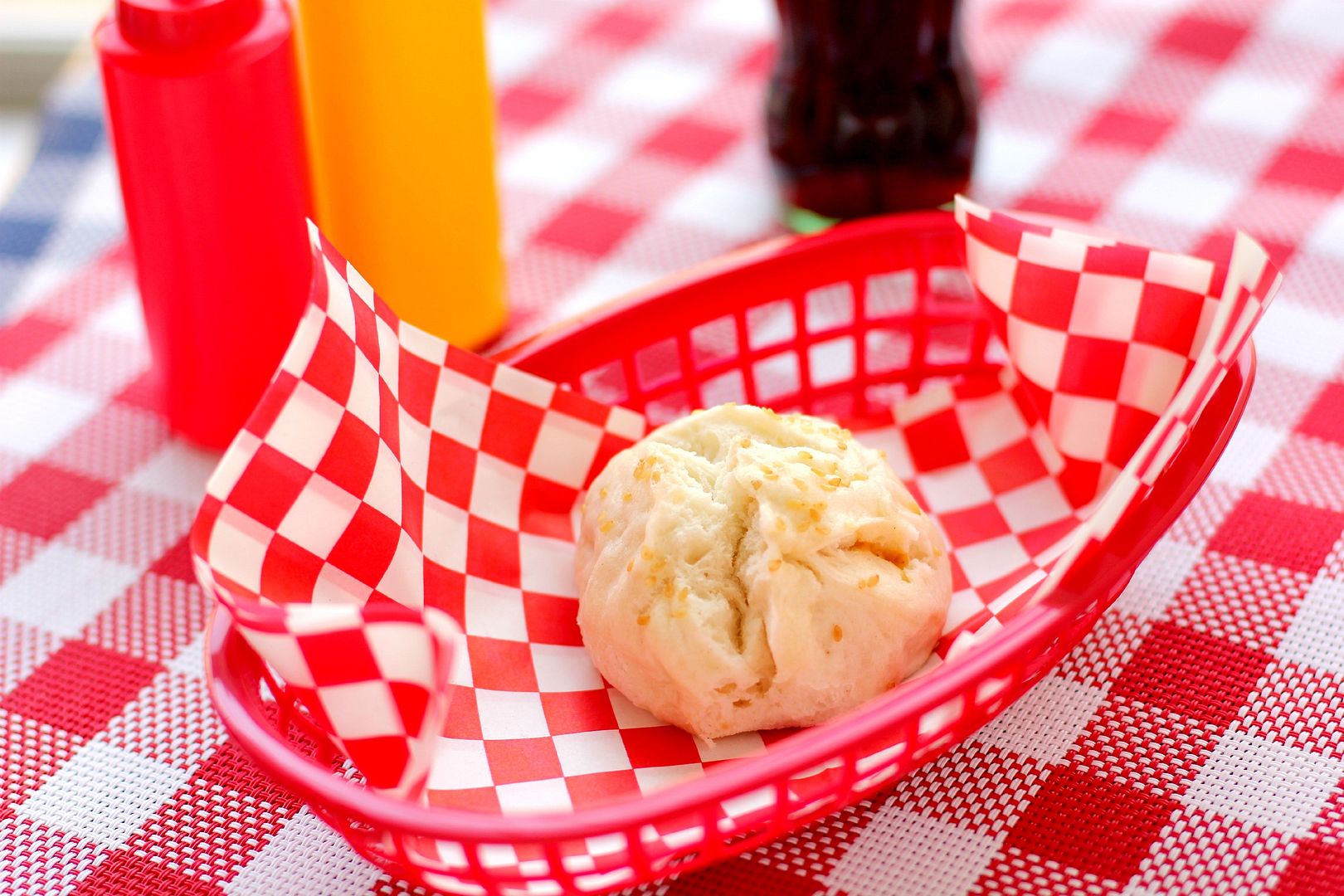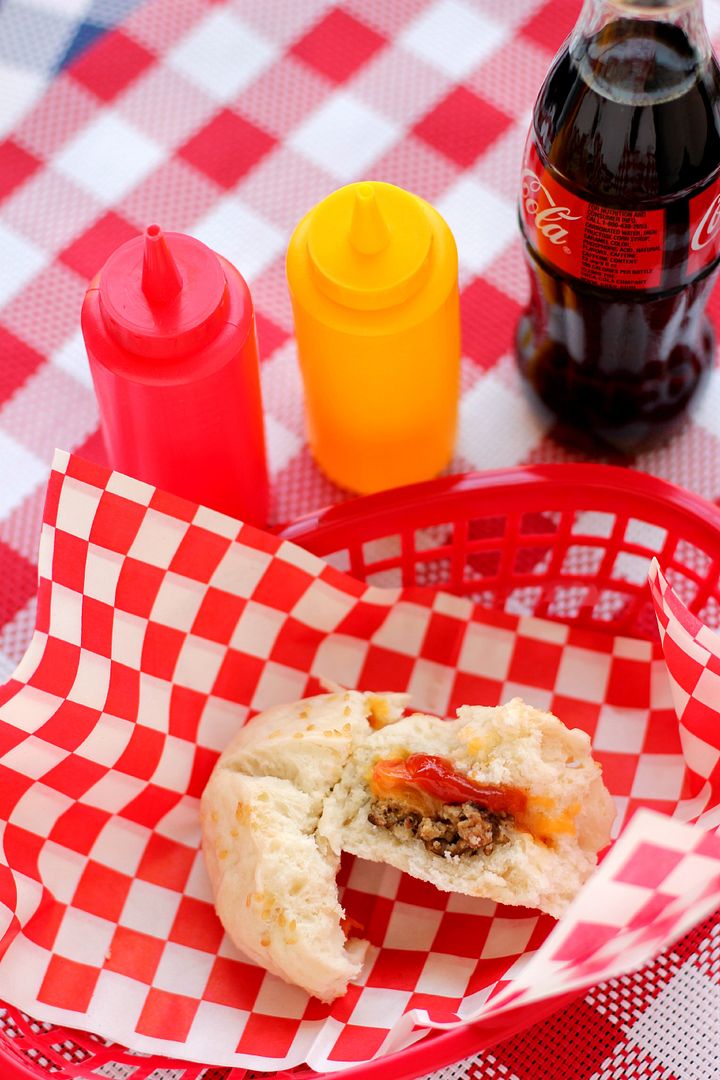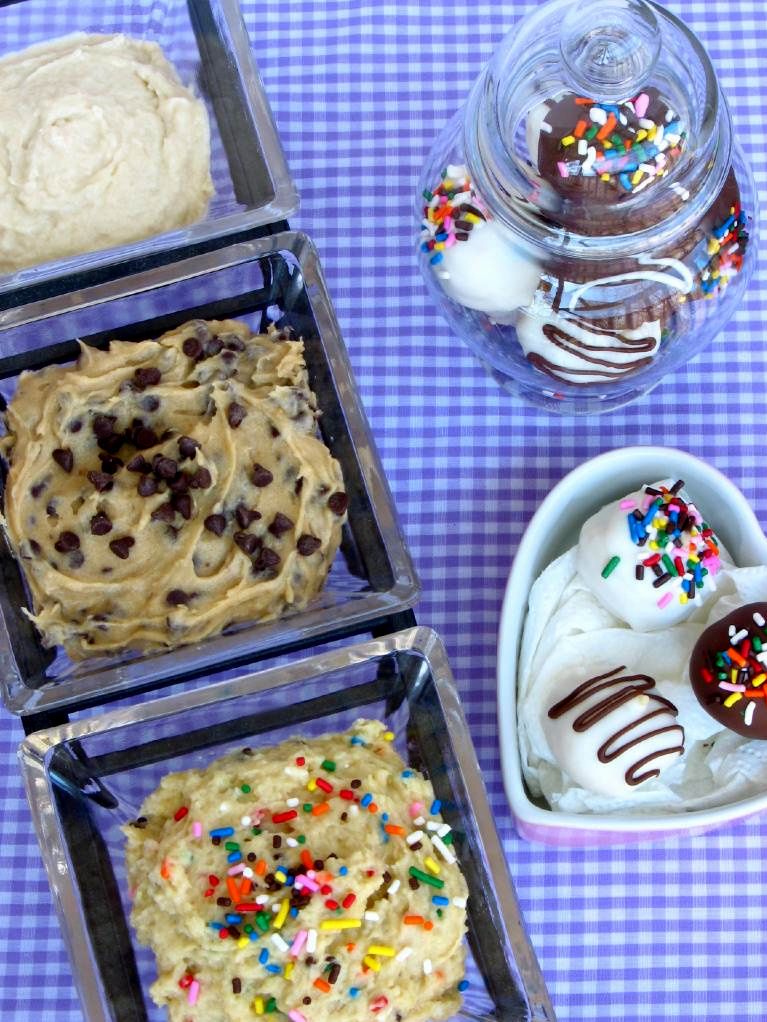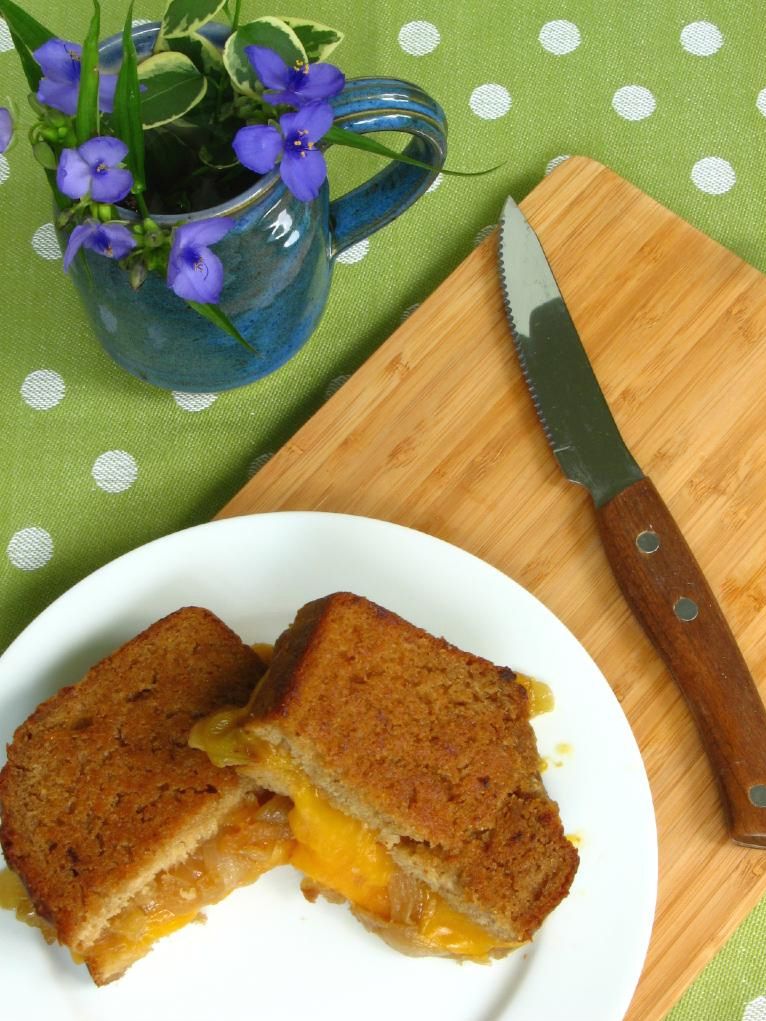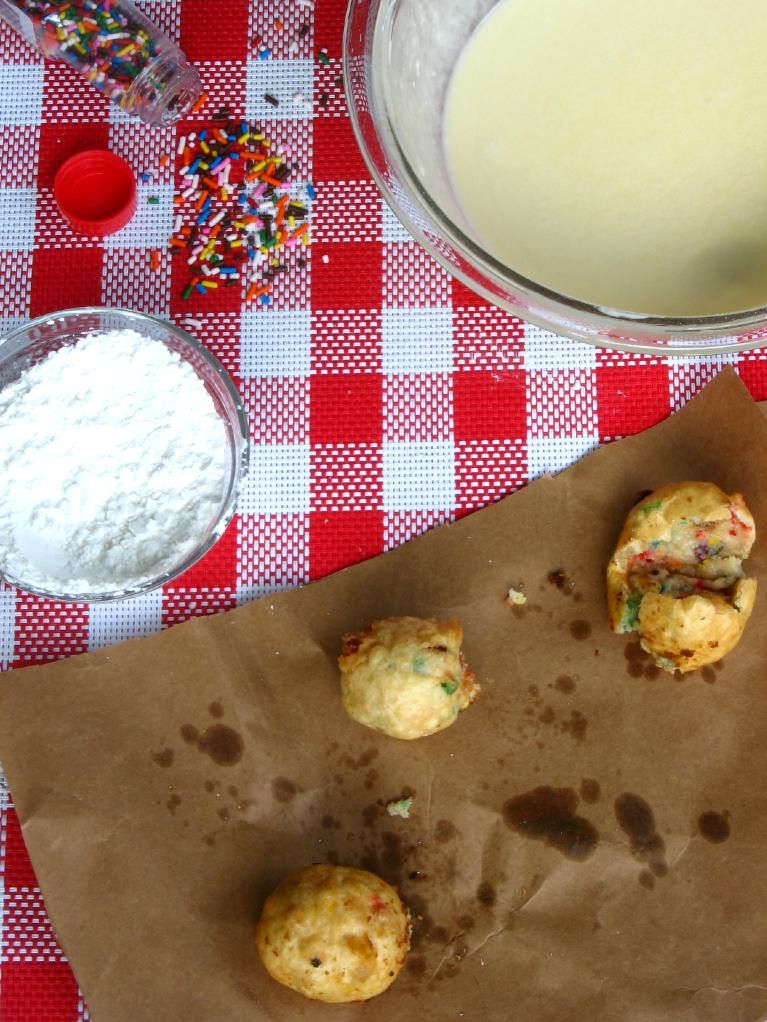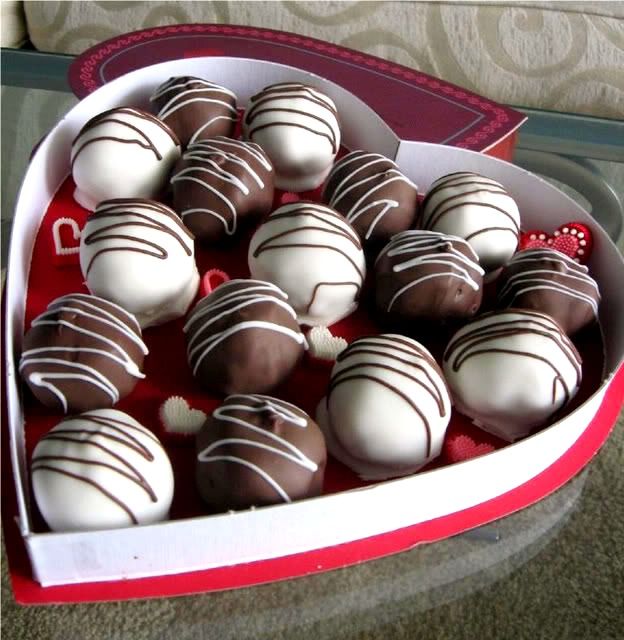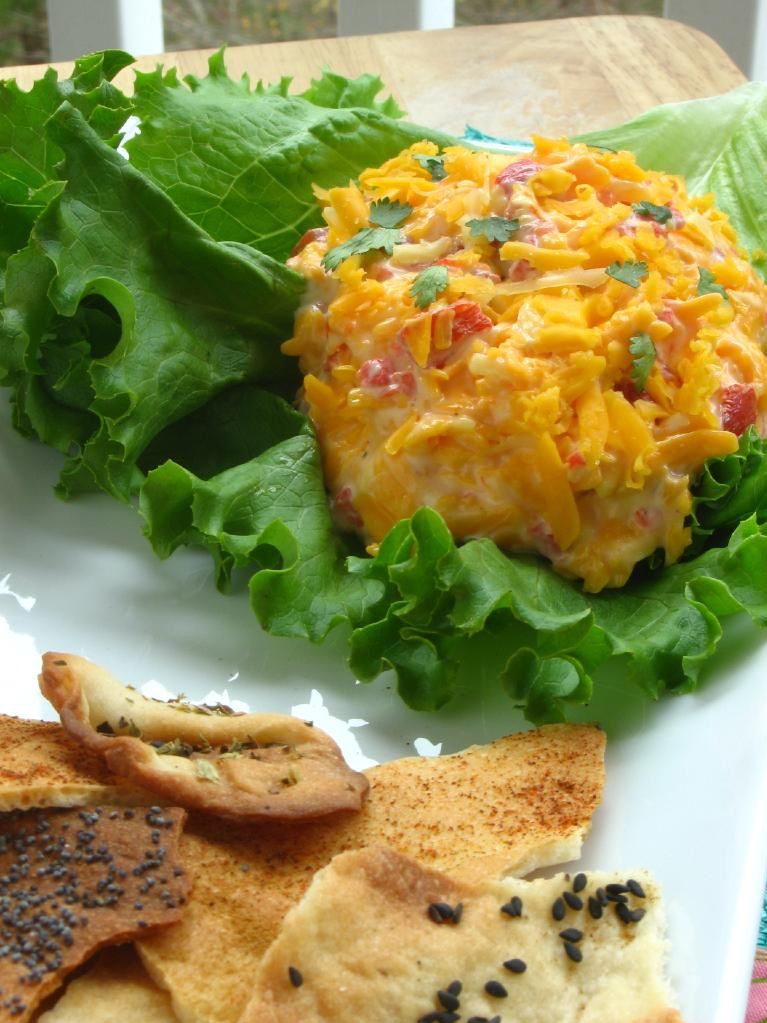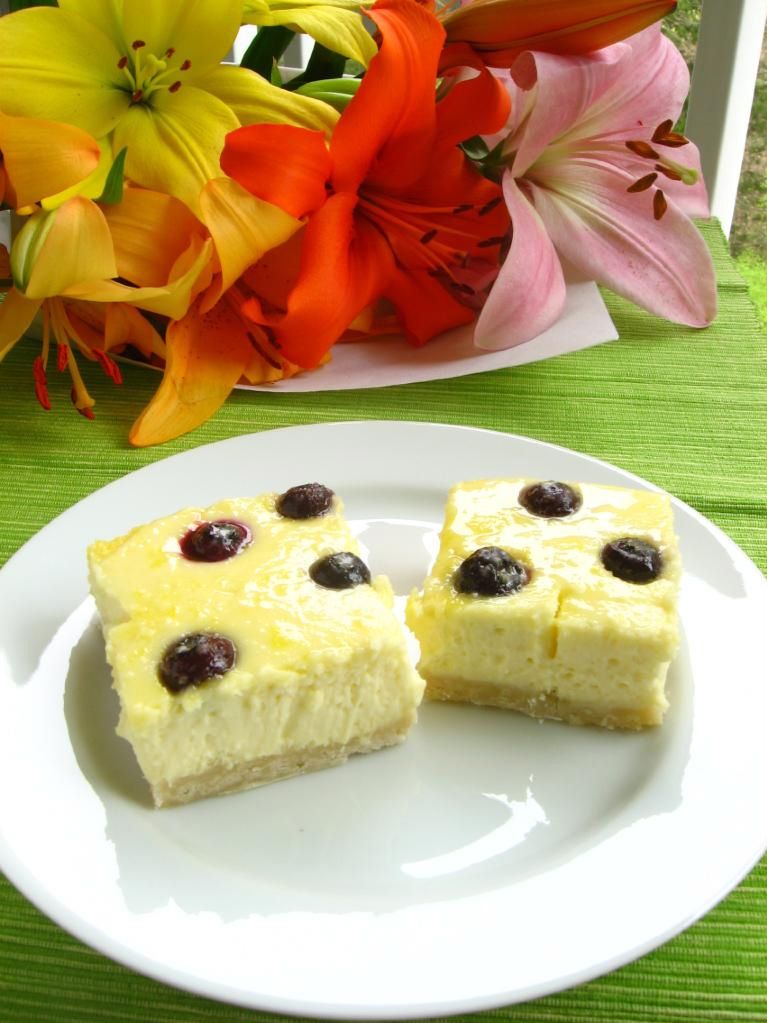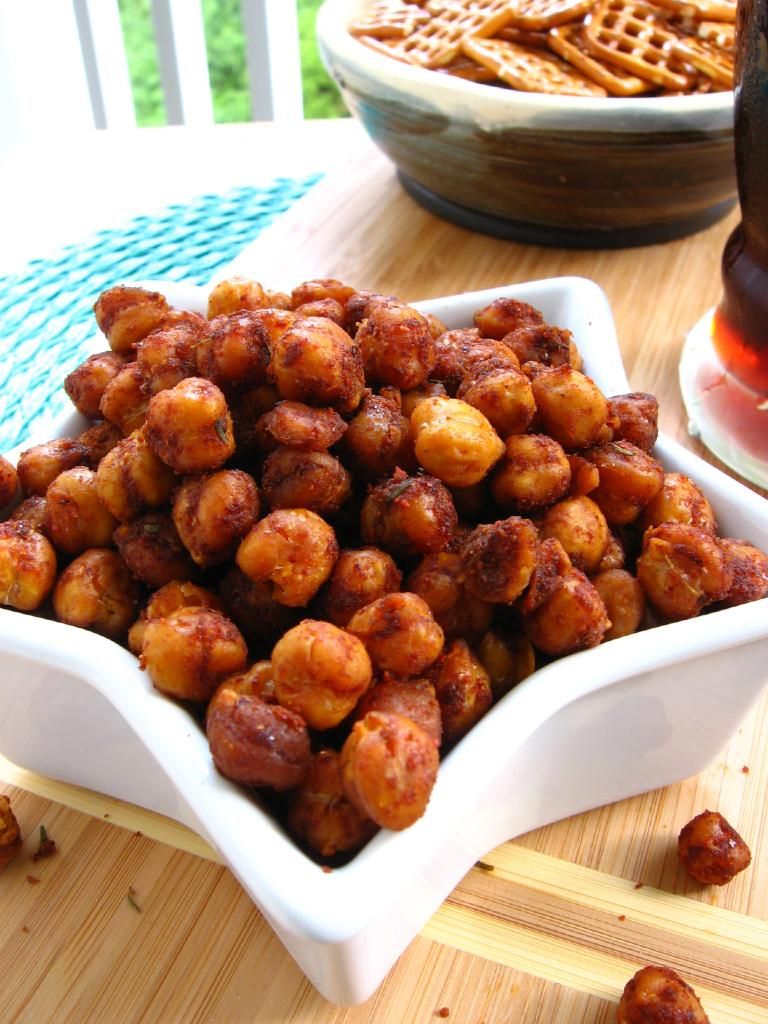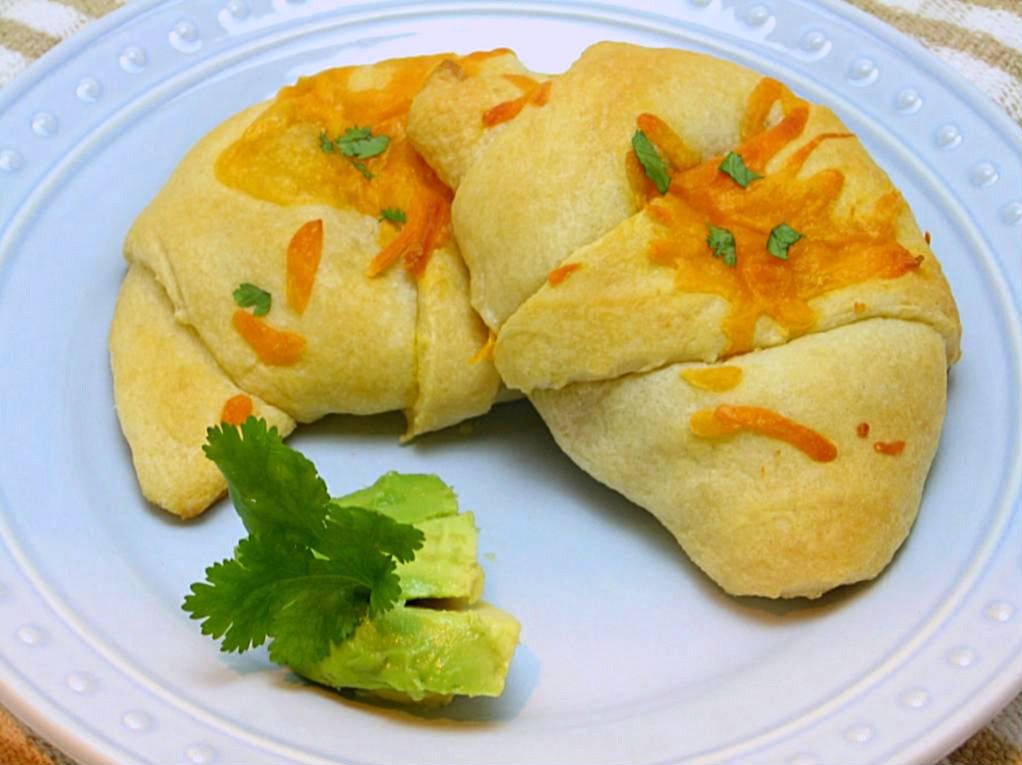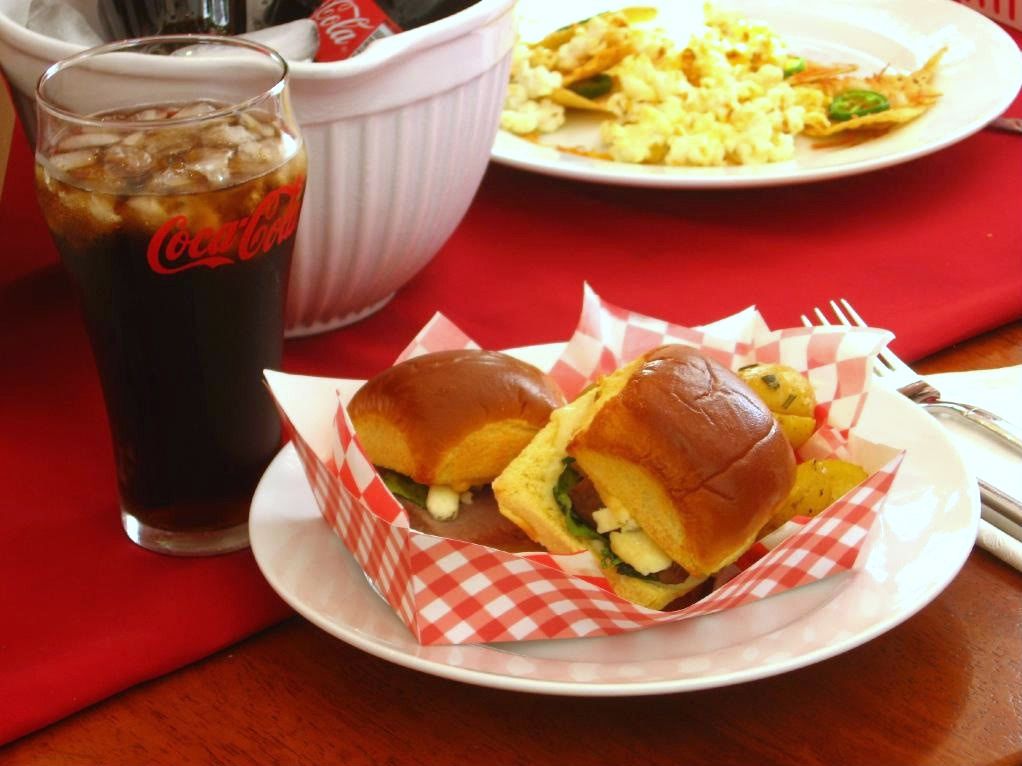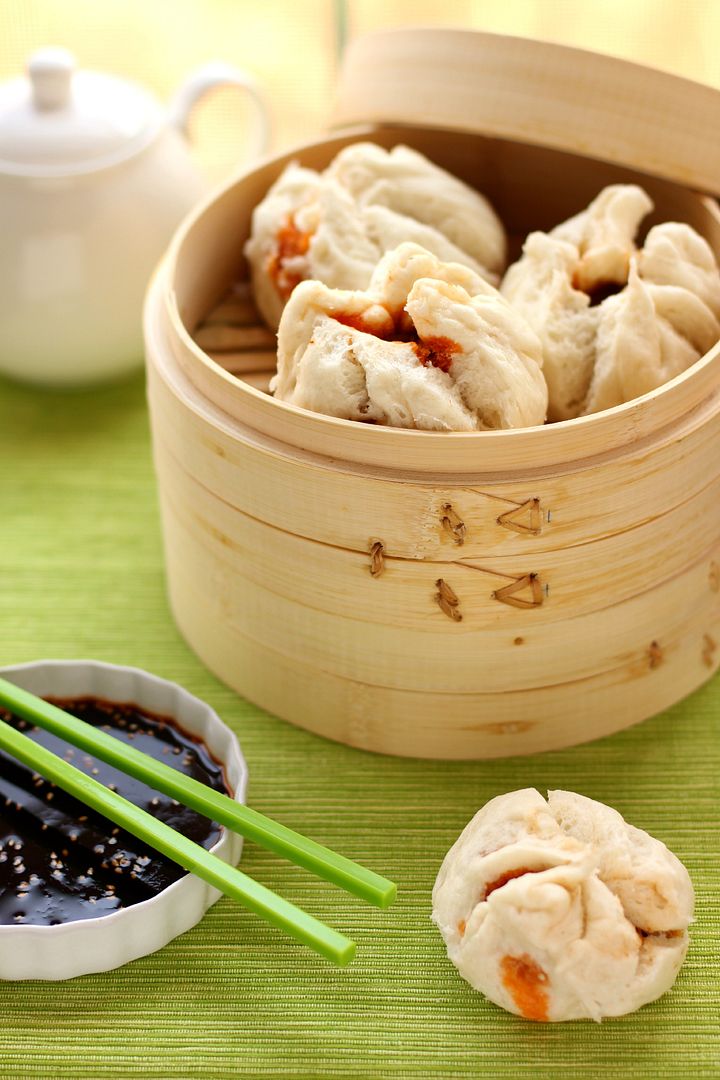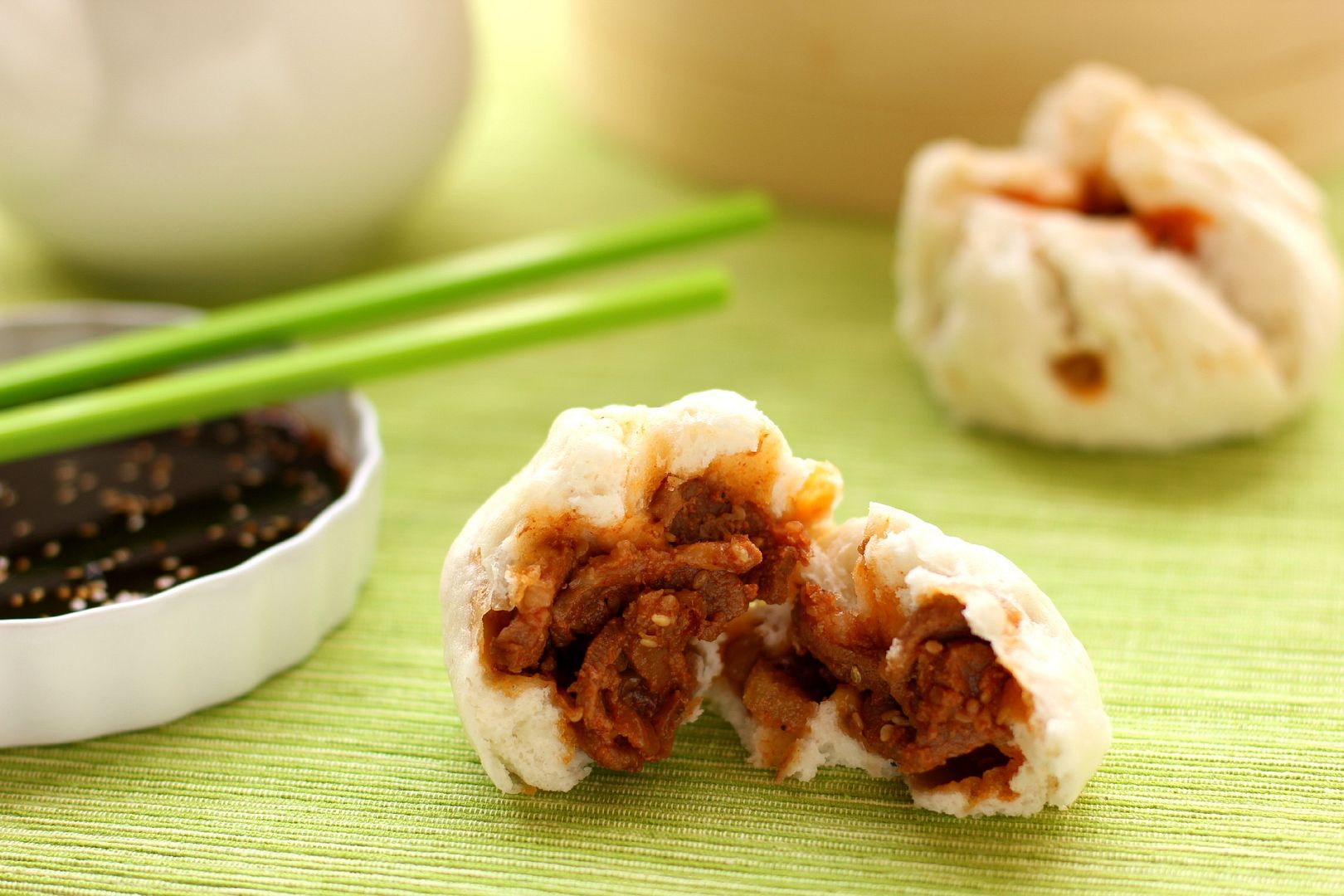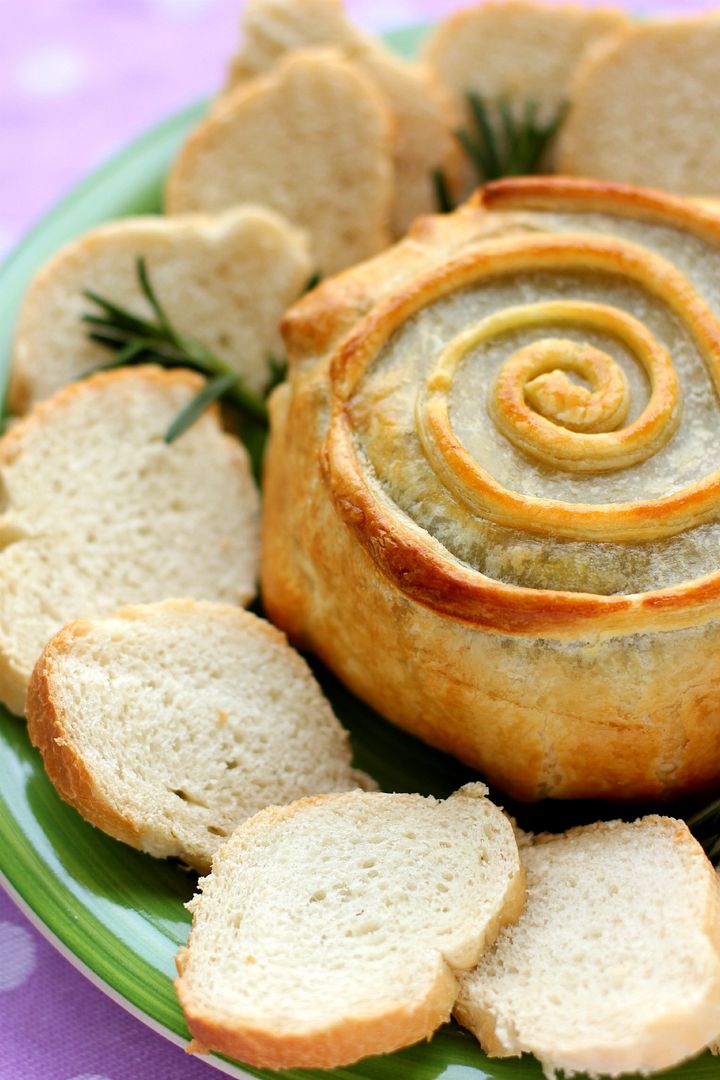
It’s Ash Wednesday, a mournful first footfall along a path that winds through fasting, repentance, and even death on its way to climactic, exuberant rebirth. Some Baptist churches observe Lent, the season of sacrifice that begins today, but others — including my own — don’t. I started observing it personally in college, though, because I appreciated the symbolism: the 40ish days of Lent recognize the 40 days of fasting and prayer Jesus endured in the wilderness in preparation for laying down His life as a sacrifice for our sins.
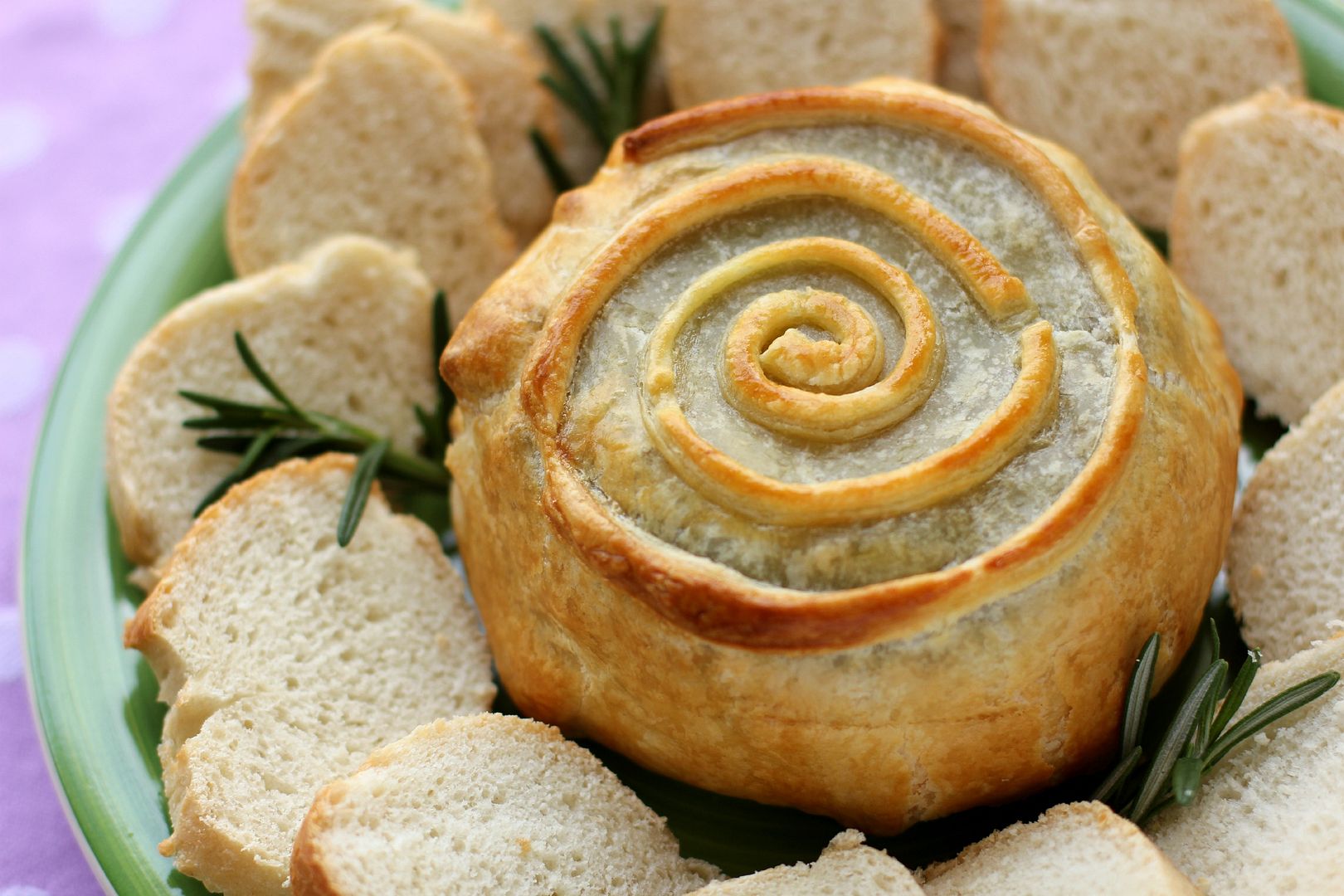
During Lent, people choose something to give up in recognition of Christ’s self-denial. The first year I participated, I gave up sweets. Perhaps that seems harsh considering I now write a baking blog dominated by decadent desserts, but I actually thought I was starting off easy. I wasn’t a huge fan of desserts at the time. I sometimes joke that my 40-day abstinence must have created a continuously combusting passion for cake in the depths of my soul, because afterwards, I was ravenous for sugar (and have been ever since).

In subsequent years I would give up meat (easy), computer usage (a little harder), and caffeine (ridiculously difficult).
Those 40 days without soda almost did me in. I know it’s absurd — Christ gave up everything and I had trouble giving up a beverage — but I really did struggle. For some reason, drinking lots of water makes me feel parched instead of hydrated. I was thirsty all the time, my throat was sore, my lips were dry, and yet — to put it delicately — I still needed more bathroom breaks than a teacher could possibly squeeze into the day. The worst part, though, was how absolutely exhausted I was all the time. Apparently I run mostly on caffeine.
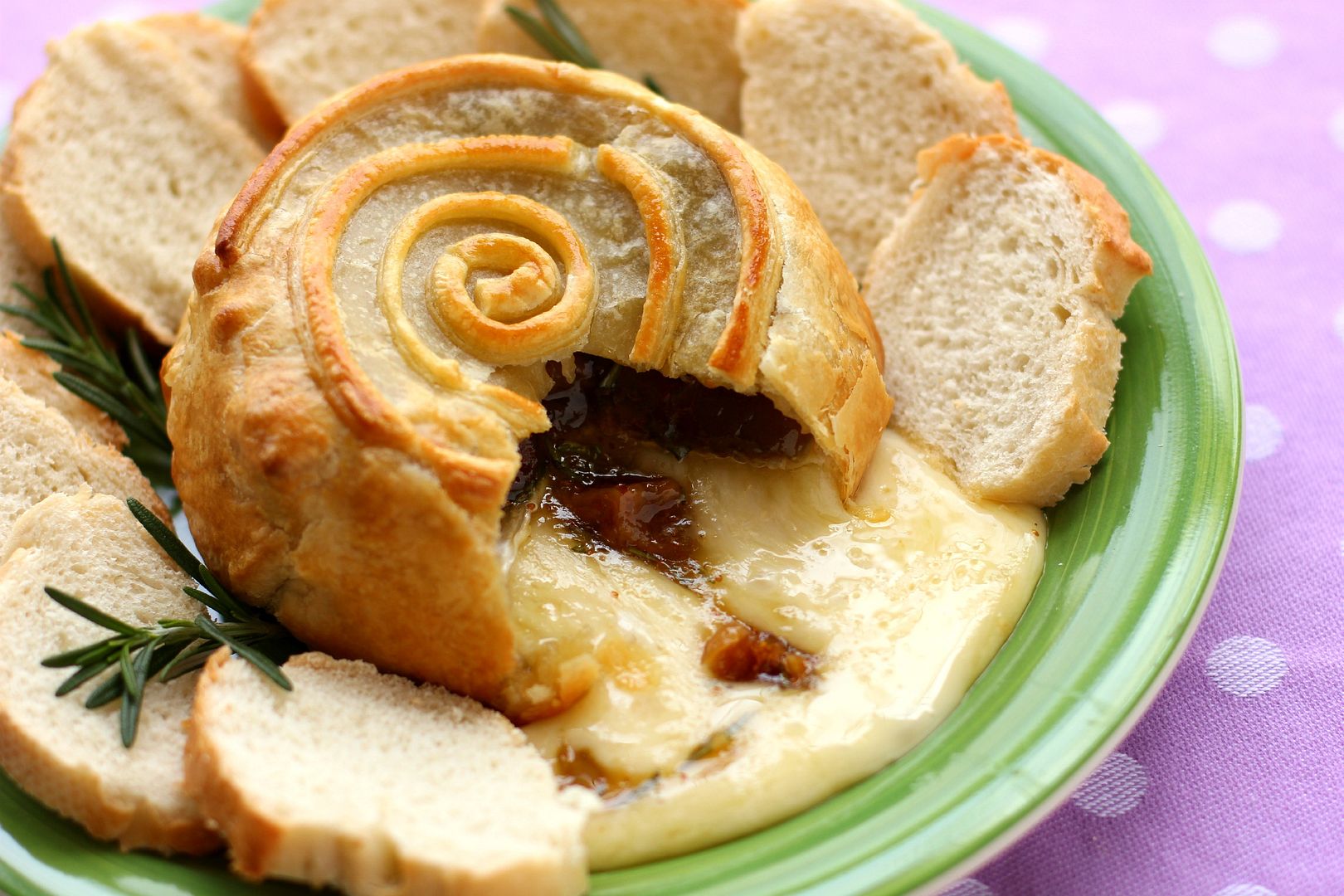
This year I’m giving up a few different things. I’ve developed something of a chain-drinking problem with Diet Sunkist at school, so I’m abstaining from that entirely. I’m also giving up time on the internet: I’ve given myself just a sliver of time to check Facebook and Pinterest and my Google Reader each evening.
It’s just a couple of small things — enough to create a background discomfort that reminds me that my freedom came at a steep cost.
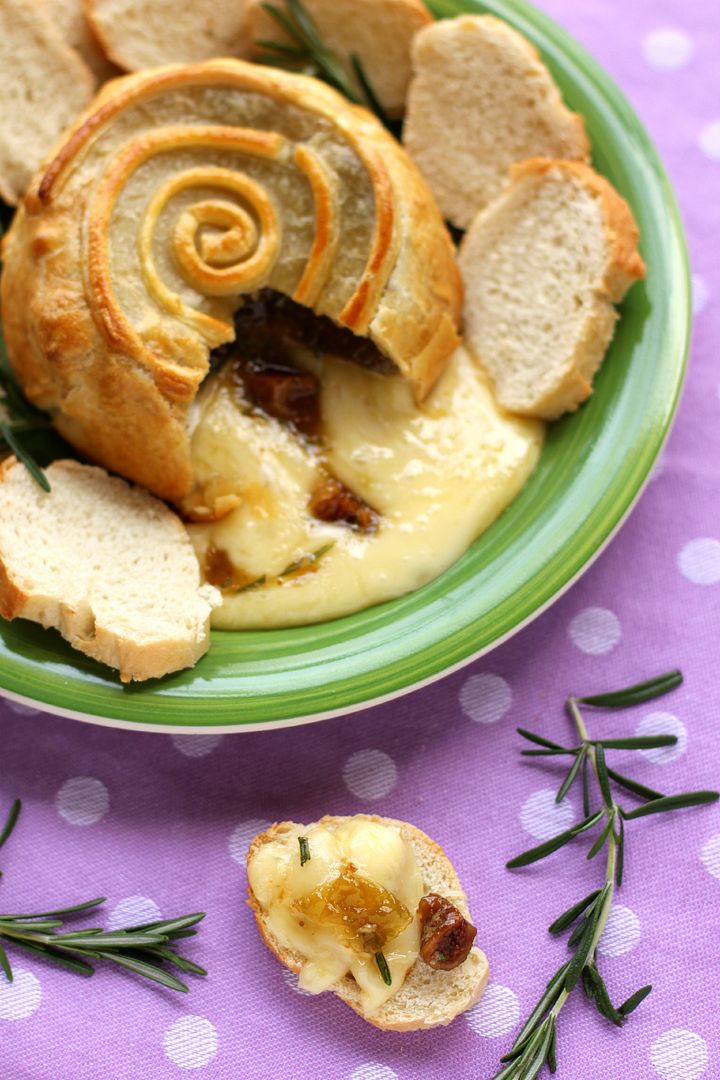
This Brie En Croute with Figs & Rosemary might be better suited to Fat Tuesday (emphasis on the “fat”) than Ash Wednesday, but it’s not Sunkist or Facebook, so right now it’s fine by me! In fact, it’s more than fine; it’s fantastic. It’s a warm, heavenly mess of gooey and sweet and buttery and crisp — and since it’s simple to put together but comes out looking fancy, it’d be perfect for a party or nice dinner.
Or as a personal snack. At parties, I usually eat a few crackerfuls of brie and then politely leave the cheese plate to other folks. Turns out when you’re an adult and can make all sorts of bad food decisions with reckless abandon, you can eat the entire wheel of brie by yourself (though, given that I felt decidedly gross after doing so, perhaps I shouldn’t recommend it). Here’s to moderation!

Do you observe Lent? If so, what are you giving up?
Brie En Croute with Figs & Rosemary
Recipe by: Willow Bird Baking
Yield: This recipe would probably serve about 5-6 people at a party.
My favorite recipes are easy, pretty, and delicious, and this one fits the bill. Brie baked inside of puff pastry is already a gooey, buttery masterpiece, but adding sweet figs and some rosemary to the mix creates a fantastic flavor profile.
Ingredients:
1 sheet of frozen puff pastry, thawed (or make your own!)
1 8-ounce wheel of brie (rind on)
1/4 cup fig jam or preserves
1/4 cup chopped dried figs
1 1/2 tablespoons roughly chopped fresh rosemary
1 egg
1 tablespoon water
Directions:
Preheat oven to 425 degrees F. In a small bowl, mix jam, chopped figs, and rosemary. Set this in the fridge until you’re ready to use it.
Gently roll out the sheet of puff pastry on a lightly floured surface just enough to smooth out the seams and thin it a bit. Spoon your jam mixture into a small circle (about the size of your brie wheel) in the center of the pastry sheet and place your brie on top of it snugly. Carefully pull the puff pastry sheet up around the brie, cutting off any excess (I use a clean pair of kitchen scissors) and pressing the pastry to seal it together at the top. Use a pastry brush to dust off the excess flour.
Place the covered brie seam side down on a baking sheet covered with parchment paper or a silicon baking mat. Use scraps to decorate your brie, if you wish (you can use a wet finger to moisten the dough slightly and “glue” them on). Whisk egg and water together in a small bowl and use a pastry brush to apply this egg wash to the whole surface of the pastry . Bake this wheel at 425 degrees F for 18-25 minutes, or until it’s good and golden brown (if you have decorations on top, check it early and often to see if you need to cover them with foil, because they’ll darken quicker than the rest of the wheel). After removing your wheel from the oven, let it sit for 15 minutes if you like it very melty and about 20-25 minutes if you like an average melt (as pictured above). Then serve with toast or crackers.
If you liked this post, please:
–Subscribe to Willow Bird Baking
–Follow Willow Bird Baking on Twitter
–Follow Willow Bird Baking on Facebook
–Give this post a thumbs up on StumbleUpon
–Pin It



